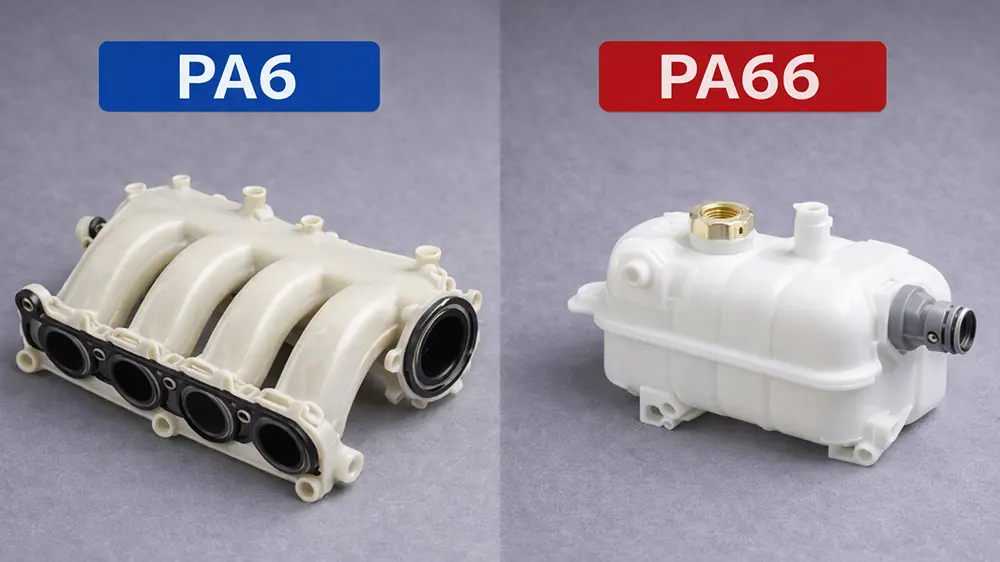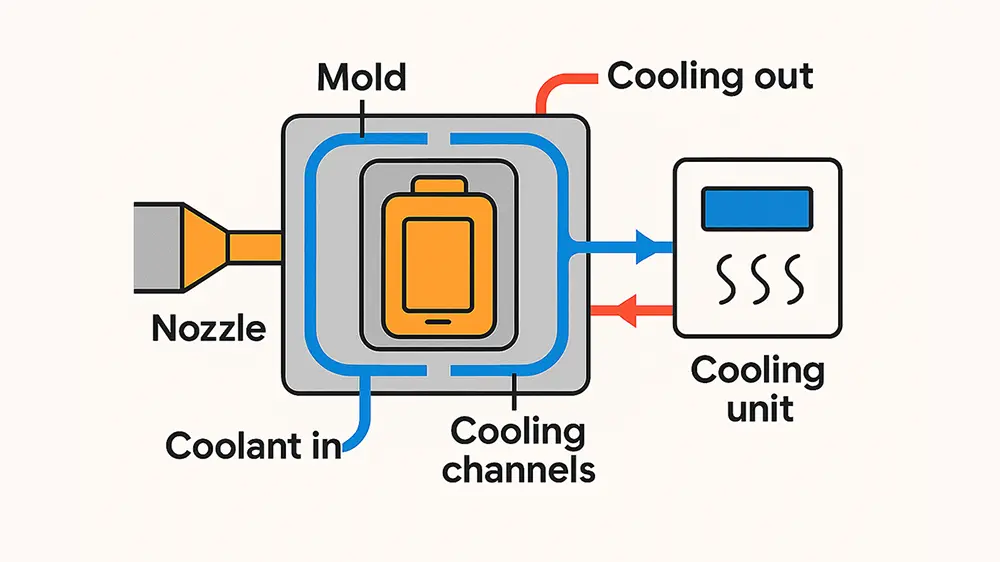A hot runner system can be considered as an extension of injection molding machinery. The hot runner system delivers thermoplastic melt adiabatically near or directly into the mold. The hot runner can be heated independently, while the injection mold is insulated so that the heat loss due to contact with the “cold” mold can be compensated separately. Almost all plastic materials that can be processed with cold runner molds can be processed with hot runner molds. Hot runner molds have been successfully used to process a variety of plastic materials with a minimum weight of less than 0.1 g and a maximum weight of more than 30 kg. Hot runner molds are widely used in electronics, automotive, medical, daily necessities, toys, packaging, construction, office equipment, and other fields. According to the different types of spruce, the hot runner system can be divided into three types: the hot tip system, the hot runner system, and a valve system. Each type of hot runner system has its application characteristics and scope of application.
HOT TIP system
The HOT TIP system can be used to process most crystallized and non-crystallized plastics, such as PP, PE, PS, LCP, PA, PET, PBT, PEEK, POM, PEI, PMMA, ABS PVC, PC, PSU, TPU, etc. Generally speaking, the hot tip gate is used for the processing of small and medium-size parts, especially for the processing of small parts. Its working principle is to precisely adjust and control the plastic molding temperature at the gate through the combination of the insert HOT TIP at the front of the nozzle and the cooling system. Therefore, the manufacturing material and shape design of the HOT TIP is very important. The diameter of the gate section is mostly between 0.5mm and 2.0mm. The diameter of the gate section is mainly determined by the weight of the parts and the thickness of the wall. If the gate with a small cross-section diameter is used, the gate is closed quickly after the injection and filling stage, the gate marks on the parts are small, and the surface of the parts is beautiful and of good quality. If the gate diameter is too small, it will lead to the plastic flow through the gate when the shear rate is too high, will seriously damage the plastic melt molecular chain structure or plastic additive material, resulting in unqualified products cannot meet the requirements. In the selection of sprue size, it is a common practice to preliminarily determine the size of the sprue according to the wall thickness at the part sprue: the gate diameter =(0.75-1.0) the wall thickness at the part sprue. The processing easy flow plastic takes the small value, processes the difficult flow plastic or is sensitive to the shear plastic takes the big value.
Usually, the hot tip gate is directly opened on the parts, which is a kind of mold system combining hot runner and cold runner. There are always more or fewer gate marks left when hot tip gates are used to make plastic parts. In many cases, the gate marks will be higher than the surface of the parts, affecting the beauty of the parts or the assembly with other parts. Therefore, when selecting the location of the sprue, the sprue should be placed in the recessed and concealed part as far as possible.
SPRUE GATING hot runner system
In a jacketed hot runner system, the plastic enters the mold cavity through an open pipe. The runner system is suitable for injection molding of parts above medium size and weight. The advantage of using the jacket-type hot runner system is that the plastic experiences a low shear rate when it flows through the gate to fill the mold, the residual stress after the parts are formed is small, the degree of deformation is less and the mechanical strength of the parts is better. The runner size is larger than the hot tip gate, so the gate marks may also be larger. Therefore, in general, the plastic injection molding method is often used for mold with strict requirements on the aesthetics of the gate. However, the internal structure parts with low requirements for gate aesthetics can be manufactured by the jacketed hot runner system. Engineers often use the combination of the jacketed gate and the cold gate, that is, the jacketed nozzle is used as the main gate to open the jacketed gate on the cold gate. In this application, the sprue can be opened wider to facilitate the flow of the plastic, as no one cares about the size of the sprue marks on the cold runner.
Similar to the application of the hot tip runner system, the control of plastic temperature and mold temperature at the gate is very important. Separate cooling loops around the gate are required. Because the size of the sprue is relatively large, if the temperature control at the sprue is not good, it is more likely to occur that the sprue cannot seal the plastic flow after the mold is opened. The nozzle inserts of the jacketed hot runner system also have a variety of sizes and shapes and changes in manufacturing materials. It is necessary to consider comprehensively the types of plastics to be processed (such as crystallized plastics or non-crystallized plastics) and gate cooling conditions.
The correct choice of gate type is very important for hot runner technology. Gate type directly determines the selection of hot runner system components and mold manufacturing and use. There are many factors to consider when selecting the type of gate and hot runner system, among which the most important ones are the type of plastic substrate and additives, the weight and size of parts, wall thickness, quality requirements of parts, tool life, and parts output requirements.





